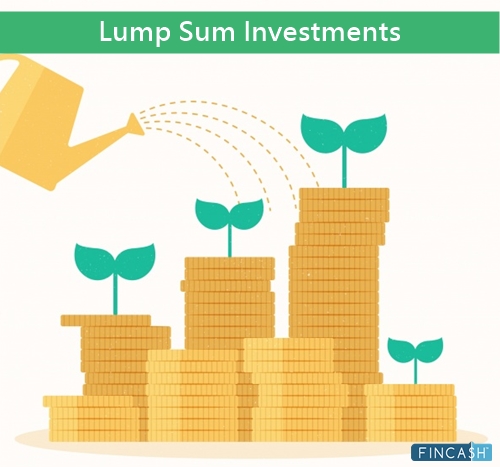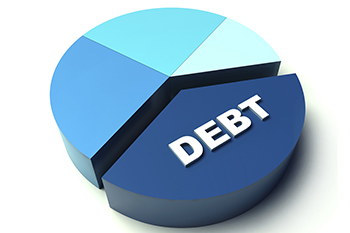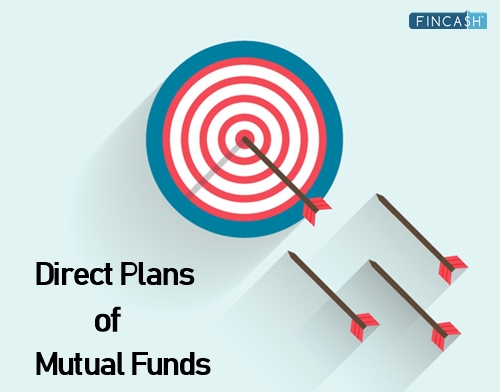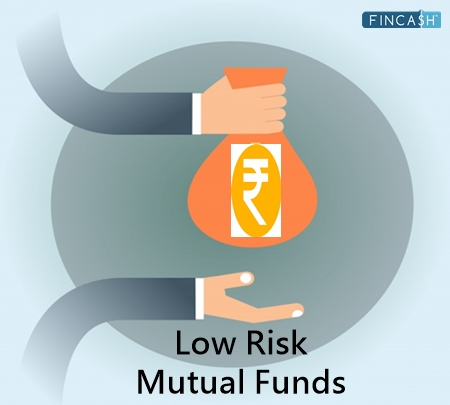
 +91-22-48913909
+91-22-48913909
Table of Contents
Top 6 Tips to Choose Best Debt Mutual Funds to Invest
A mutual fund can bring overall value to your Portfolio, if chosen properly. When it comes to debt funds, these are the funds most preferred by investors who have an average risk appetite and those who want to earn optimal returns in a short duration. These funds mainly invest in fixed Income instruments like Government securities, Treasury bills, Corporate Bonds, etc. As debt funds invest in government securities these are less risky compared to equities. Investors planning to invest in the Best Debt Funds should evaluate certain important aspects that helps in determining the ability of that particular fund and its performance. Let's check these parameters.
Parameters to Pick the Best Debt Fund
In order to select the best debt funds you wish to invest in, it is necessary to consider some of the important parameters such as average maturity, credit quality, AUM, expense ratio, etc. Let's have an in-depth look-
Talk to our investment specialist
Average Maturity/Duration
Average maturity is an essential parameter in debt funds that is sometimes overlooked by investors, who tend to invest for a long period without considering the risks involved. Investors need to decide their Debt fund investment based on its maturity period, Matching the time period of investment with the maturity period of the debt fund is a good way to ensure you don't end up taking unnecessary risk. Thus, it is advisable to know the average maturity of a debt fund, before Investing, in order to aim for optimum risk returns in debt funds. Looking at the average maturity (duration is a similar Factor) is important, for example, a liquid fund may have an average maturity of a couple of days to maybe a month, this would mean it is a great option for an investor who is looking to invest money for a couple of days. Similarly, if you are looking at the time frame of one-year Investment plan then, a short-term debt fund can be ideal.
Interest Rate Scenario
Understanding the Market environment is very important in debt funds which are affected by interest rates and its fluctuations. When the interest rate rises in the Economy, the bond price falls and vice-versa. Also, during the time when the interest rates rise, new bonds are issued in the market with a higher yield than the older bonds, making those older bonds of lower value. Therefore, investors are more attracted towards newer bonds in the market and also a re-pricing of older bonds takes place. In case a debt fund is having an exposure to such "older bonds" then when the interest rates rise, the NAV of the debt fund would be impacted negatively. Furthermore, as debt funds are exposed to interest rate fluctuations, it disturbs the prices of the Underlying bonds in the fund portfolio. For instance, long-term debt funds are at a higher risk during times of rising interest rates. During this time making a short-term investment plan will lower your interest rate risks.
If one has good knowledge of interest rates and can monitor the same, one can even take advantage of this. In a falling interest rate market, long-term debt funds would be a good choice. However, during the times of rising interest rates then it would be wise to be in funds with shorter average maturities like short-term funds, ultra short term funds or even Liquid Funds.
Current Yield or Portfolio Yield
The yield is a measure of the interest income generated by the bonds in the portfolio. Funds that invest in debt or bonds that have a higher coupon rate (or yield) would have a higher overall portfolio yield. The yield to maturity (ytm) of a debt mutual fund indicates the running yield of the fund. When comparing debt funds on the Basis of YTM, one should also look at that fact that how is the extra yield being generated. Is this at the cost of as lower portfolio quality? Investing in not so good quality instruments has its own issues. You don't want to end up investing in a debt fund which has such bonds or securities that may Default later on. So, always look at the portfolio yield and balance it off with the credit quality.
Credit Quality of Portfolio
In order to invest in best debt funds, checking the credit quality of the bonds and debt securities is an essential parameter. Bonds are assigned a credit rating by various agencies based on their ability to pay the money back. A bond with AAA rating is considered to be the best credit rating and also implies a safe and secure investment. If one truly wants safety and considers this as the paramount parameter in selecting the best debt fund, then getting into a fund with very high-quality debt instruments (AAA or AA+) may be the desired option.
Assets Under Management (AUM)
This is the foremost parameter to consider while choosing the best debt funds. AUM is the total amount invested in a particular scheme by all investors. Since, most Mutual Funds’ total AUM is invested in debt funds, investors need to select scheme assets that have a considerable AUM. Being in a fund which has a large exposure to corporates may be risky, since their withdrawals may be large which may affect the overall fund performance.
Expense Ratio
An important factor to be considered in debt funds is its expense ratio. A higher expense ratio creates a larger impact on the funds’ performance. For example, liquid funds have the lowest expense ratios which are up to 50 bps (BPS is a unit to measure interest rates wherein one bps is equal to 1/100th of 1%) whereas, other debt funds could charge up to 150 bps. So to make a choice between one debt mutual fund, it is important to consider the Management Fee or the fund running expense.
Best Debt Funds to Invest in 2025
Considering the above parameters we have shortlisted some of the best performing debt funds to invest.
Fund NAV Net Assets (Cr) 3 MO (%) 6 MO (%) 1 YR (%) 3 YR (%) 2023 (%) Debt Yield (YTM) Mod. Duration Eff. Maturity ICICI Prudential Long Term Plan Growth ₹36.7735
↑ 0.01 ₹14,363 3.6 5.4 10.4 8.1 8.2 7.64% 4Y 11M 16D 10Y 2M 23D UTI Dynamic Bond Fund Growth ₹30.9253
↑ 0.01 ₹447 3.7 5.1 10.4 9.8 8.6 6.94% 5Y 5M 23D 8Y 14D Aditya Birla Sun Life Corporate Bond Fund Growth ₹112.197
↑ 0.05 ₹24,570 3.4 5.2 10.1 7.6 8.5 7.31% 3Y 5M 16D 4Y 9M 14D HDFC Corporate Bond Fund Growth ₹32.3302
↑ 0.02 ₹32,527 3.3 5 9.9 7.5 8.6 7.31% 3Y 9M 5Y 10M 2D HDFC Banking and PSU Debt Fund Growth ₹22.835
↑ 0.01 ₹5,996 3.3 4.9 9.4 7.1 7.9 7.25% 3Y 10M 10D 5Y 6M 4D Axis Credit Risk Fund Growth ₹21.1383
↑ 0.00 ₹360 2.9 4.6 9 7.1 8 8.41% 2Y 1M 28D 3Y 1M 2D UTI Banking & PSU Debt Fund Growth ₹21.6778
↑ 0.01 ₹785 2.9 4.5 8.9 9.2 7.6 7.14% 2Y 29D 2Y 4M 24D PGIM India Credit Risk Fund Growth ₹15.5876
↑ 0.00 ₹39 0.6 4.4 8.4 3 5.01% 6M 14D 7M 2D Aditya Birla Sun Life Money Manager Fund Growth ₹365.687
↑ 0.07 ₹25,581 2.3 4.1 8 7.2 7.8 7.35% 9M 9M 4D Aditya Birla Sun Life Savings Fund Growth ₹541.303
↑ 0.20 ₹13,294 2.2 4.1 8 7 7.9 7.75% 6M 25D 7M 28D Note: Returns up to 1 year are on absolute basis & more than 1 year are on CAGR basis. as on 23 Apr 25
All efforts have been made to ensure the information provided here is accurate. However, no guarantees are made regarding correctness of data. Please verify with scheme information document before making any investment.












